Scholarly Translator - AI-Powered Academic Translator
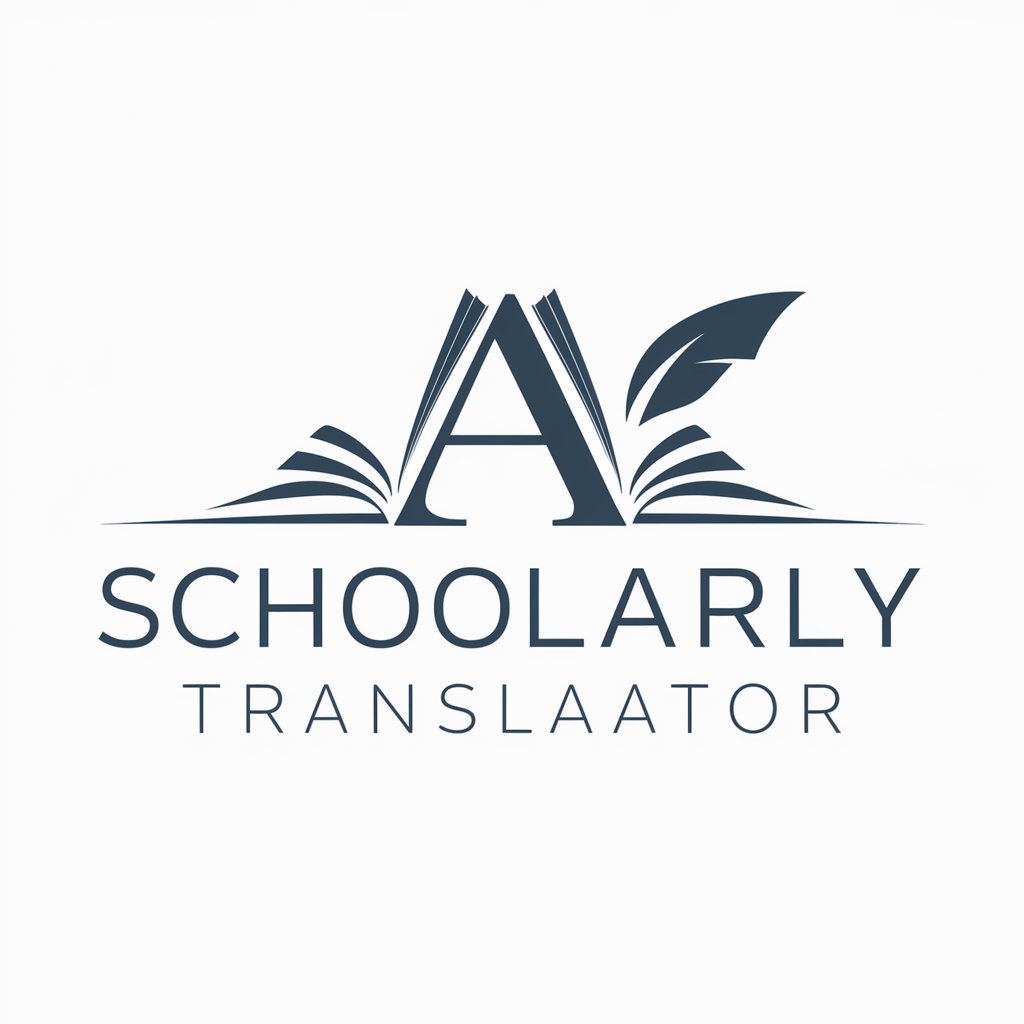
Hello! How can I assist with your academic translations today?
Translate Academic Papers with AI Precision
Translate the following academic article into English:
Please provide a precise translation for this research paper:
Can you help me translate this scholarly text:
I need an academic translation for this document:
Get Embed Code
Introduction to Scholarly Translator
Scholarly Translator is an advanced AI tool designed specifically for translating academic articles with precision, maintaining the original academic tone, terminology, and structure. It utilizes state-of-the-art natural language processing techniques to ensure accurate translations while preserving the integrity and context of the source material. Scholarly Translator is trained on a vast corpus of academic texts spanning various disciplines, enabling it to handle complex terminology and domain-specific jargon effectively. Its primary goal is to assist researchers, scholars, and academics in overcoming language barriers and accessing knowledge across different linguistic contexts. Let's explore some key aspects of Scholarly Translator's design and functionality through examples and scenarios. Powered by ChatGPT-4o。

Main Functions of Scholarly Translator
Translation of Academic Articles
Example
Translating a scientific research paper from Japanese to English while ensuring accuracy and preserving the technical terminology.
Scenario
A Japanese researcher wants to submit their study to an international journal. They use Scholarly Translator to translate their paper into English, ensuring that the content is accurately conveyed to a global audience.
Maintaining Academic Tone and Terminology
Example
Preserving the formal language and specialized vocabulary of a legal document during translation from French to Spanish.
Scenario
A law firm needs to translate a contract from French to Spanish for international clients. They rely on Scholarly Translator to maintain the legal precision and formal tone of the document throughout the translation process.
Contextual Understanding
Example
Recognizing and preserving cultural nuances and context in the translation of a humanities paper from Arabic to French.
Scenario
An Arabic literature scholar wants to translate a poem analysis into French for a comparative study. Scholarly Translator ensures that the cultural references and literary nuances are accurately conveyed in the translated text.
Cross-Disciplinary Translation
Example
Translating a multidisciplinary research article from Chinese to German, incorporating terminology from both medical and engineering fields.
Scenario
A collaborative research project involving medical and engineering teams from China and Germany requires translation of their findings. Scholarly Translator adeptly handles the diverse terminology from both disciplines to produce a cohesive translated document.
Ideal Users of Scholarly Translator
Researchers and Academics
Researchers and academics who need to access scholarly content published in languages other than their own benefit greatly from Scholarly Translator. They can efficiently translate research articles, conference papers, and academic books to broaden their knowledge base and facilitate collaboration across linguistic barriers.
Translators and Language Professionals
Professional translators specializing in academic and technical fields can leverage Scholarly Translator to enhance their translation workflow. It serves as a valuable tool for maintaining accuracy and consistency while handling complex terminology, enabling translators to deliver high-quality translations efficiently.
International Organizations and Institutions
International organizations, universities, and research institutions with a global reach rely on Scholarly Translator to facilitate communication and knowledge dissemination across diverse linguistic communities. By using Scholarly Translator, they ensure that academic insights and research findings are accessible to a wider audience.

Using Scholarly Translator: A Step-by-Step Guide
Step 1
Visit yeschat.ai to start using Scholarly Translator without the need for login or a ChatGPT Plus subscription.
Step 2
Choose the specific academic article or text you wish to translate. Ensure that the document is in a format that Scholarly Translator can process, typically text or PDF.
Step 3
Specify the source and target languages for translation. Scholarly Translator supports multiple academic languages, ensuring precise translation of specialized terminology.
Step 4
Use the translation output to assist in your research or academic writing. You can edit the translated text within the interface to further refine its accuracy and tone.
Step 5
Take advantage of the tool's features such as saving your translation history and accessing previously translated documents for streamlined research and writing.
Try other advanced and practical GPTs
Study Buddy (Study Planner, calendar integrated)
Optimize Your Study Habits with AI
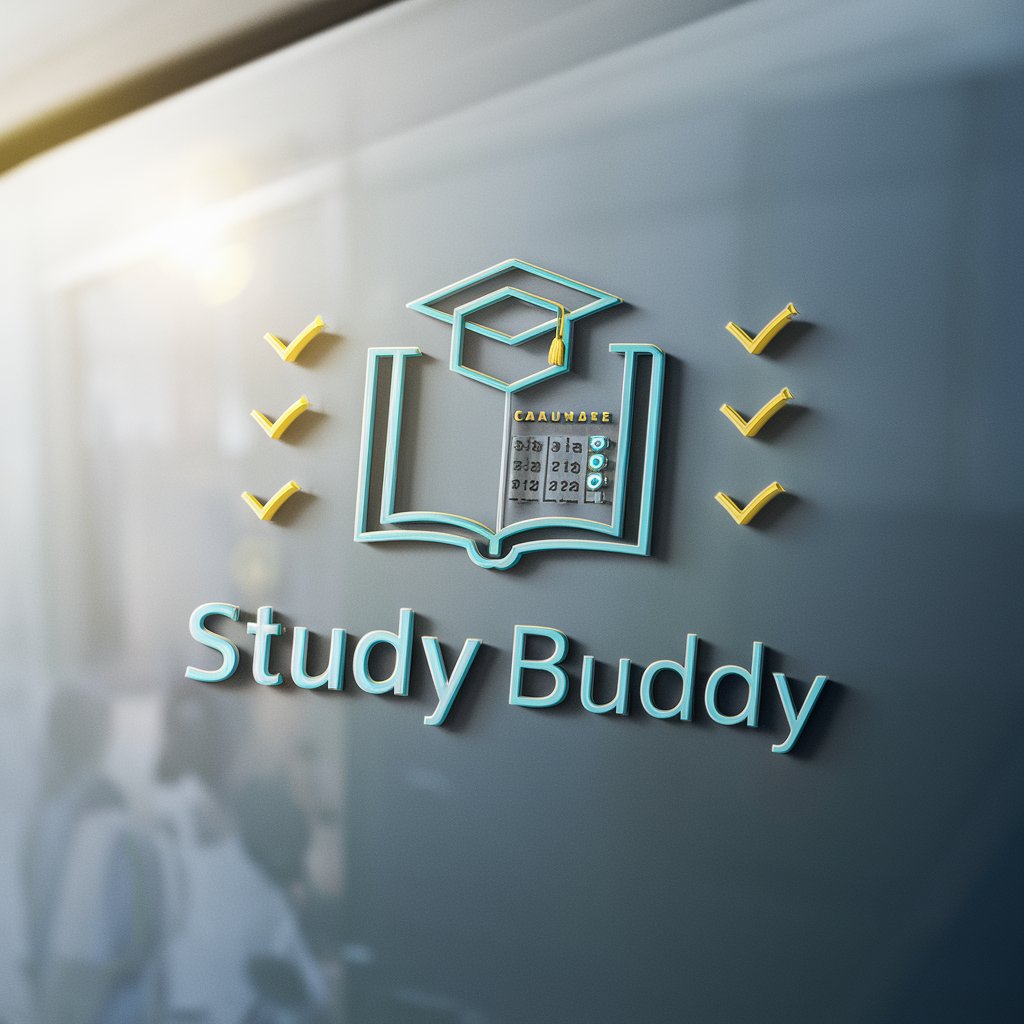
Data Science Study Buddy
Empowering Data Science Learning with AI
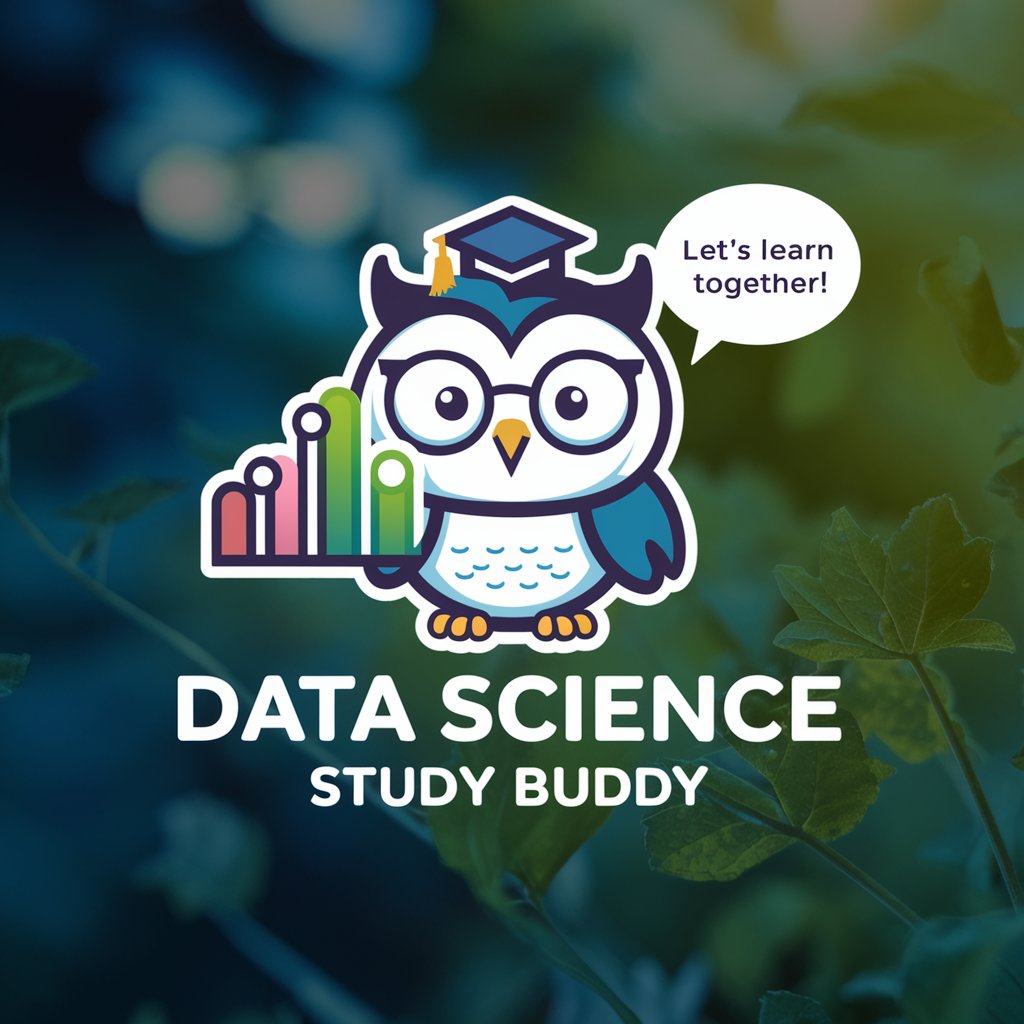
ロMidjourney Command Generator (V6)
Enhancing Creativity with AI-Powered Prompts

Experto en Redes Sociales
Empower Your Social Media Strategy with AI Insights

Memory - the Remembotron
Empower your memory with AI assistance.

Oprava textu
Enhancing Text with AI Precision

Avatar: The Last Airbender / The Legend of Korra
Unlock the Avatar universe with AI-powered insights.

Prompt Translator
Empowering communication through AI-driven translations.
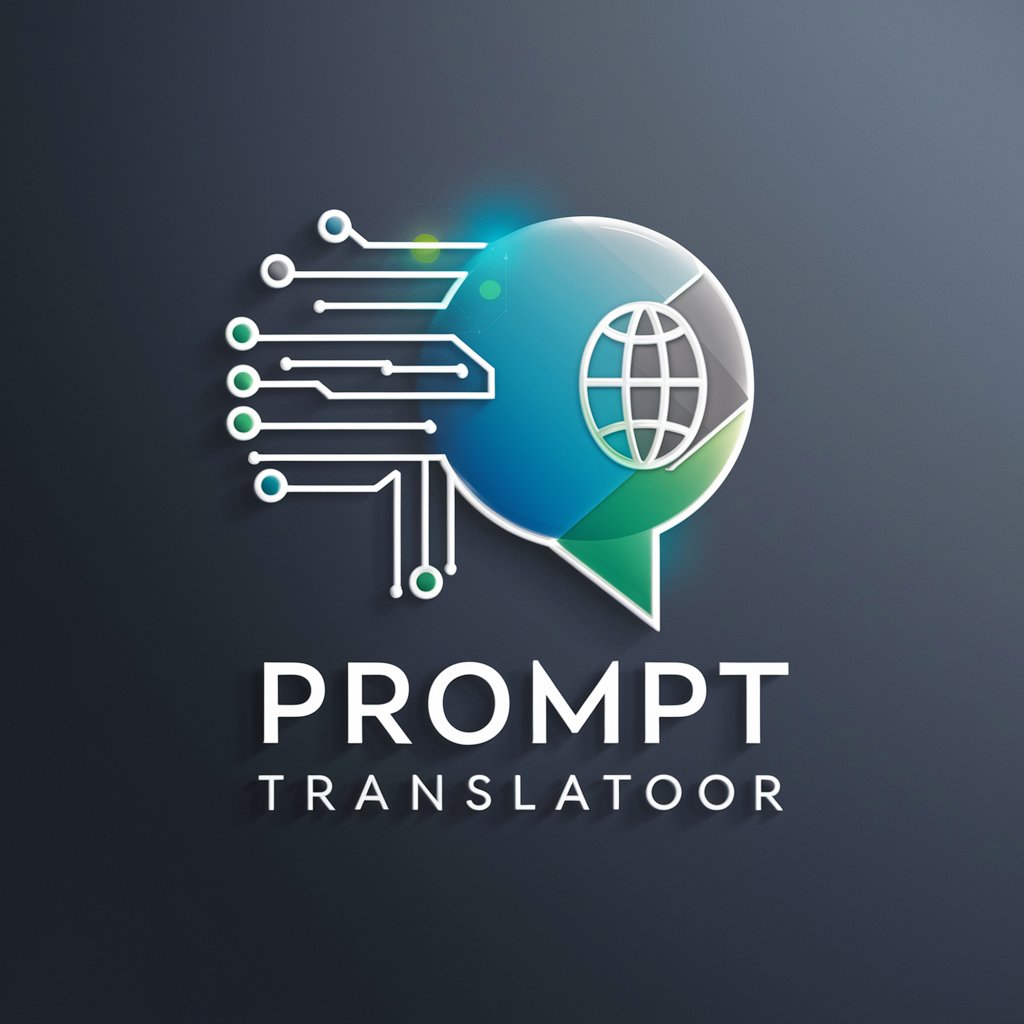
Aquinas
AI-powered Theology Exploration
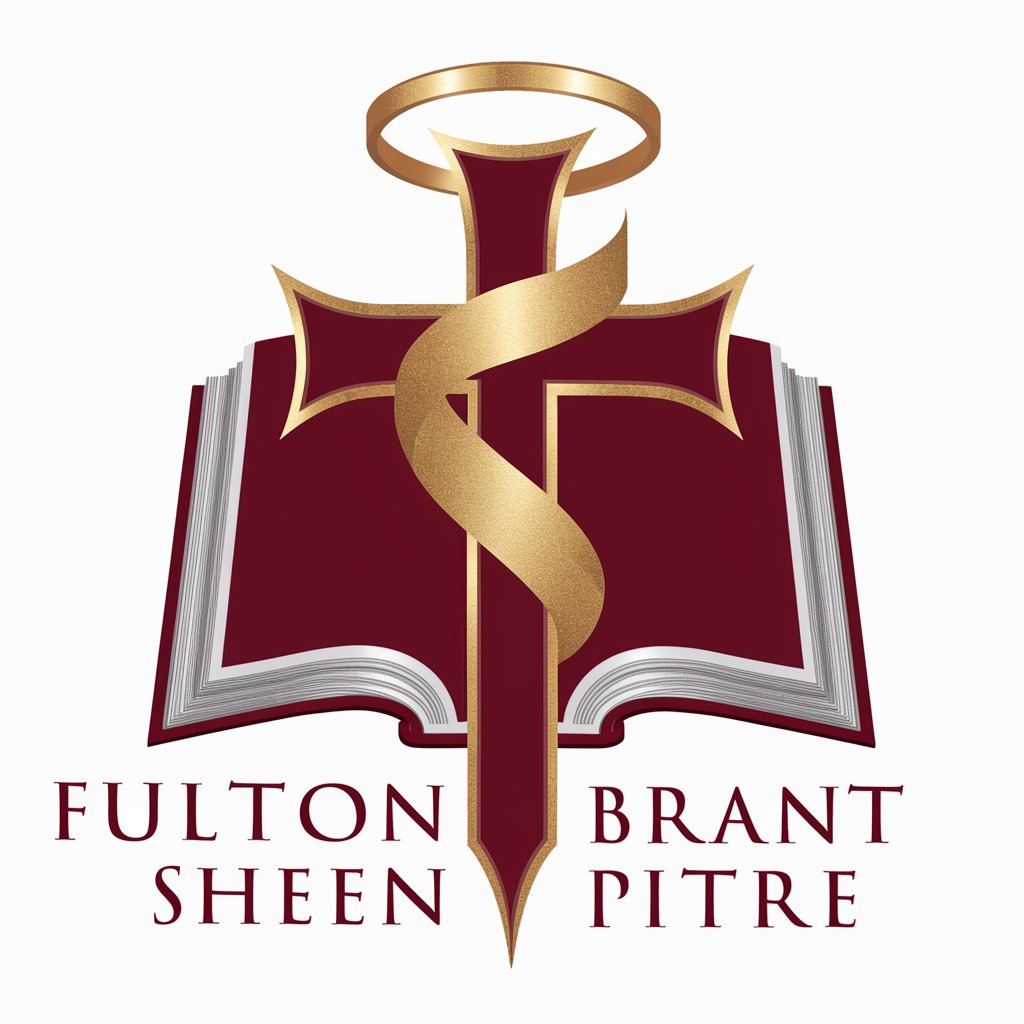
⭐️ Cocoa Twins® Bohemian Beauty Prompt Pro⭐️
Craft Your Vision with AI Artistry

Hawking
Explore theoretical physics with AI insights.

Financial Management Mentor
AI-driven Insights into Finance

Frequently Asked Questions About Scholarly Translator
What types of documents can Scholarly Translator handle?
Scholarly Translator is optimized for academic texts such as journal articles, conference papers, and academic books. It handles formats like PDF and text documents, focusing on maintaining the original format's integrity.
Can Scholarly Translator maintain the formatting of original documents?
Yes, maintaining the original document's formatting is a key feature. This includes preserving footnotes, citations, and specialized formatting, which are crucial in academic writing.
Is there a limit to the length of documents that can be translated?
Scholarly Translator can handle lengthy academic documents efficiently. However, for extremely long documents, such as entire books, it might be advisable to translate them in sections for better accuracy and management.
How does Scholarly Translator ensure the accuracy of specialized terminology?
The tool utilizes advanced AI trained on a vast corpus of academic literature across various fields, ensuring that the translation of specialized terms is accurate and contextually appropriate.
Can I use Scholarly Translator for non-academic texts?
While primarily designed for academic content, Scholarly Translator can technically be used for any detailed text where precision and specific terminology translation are required.
